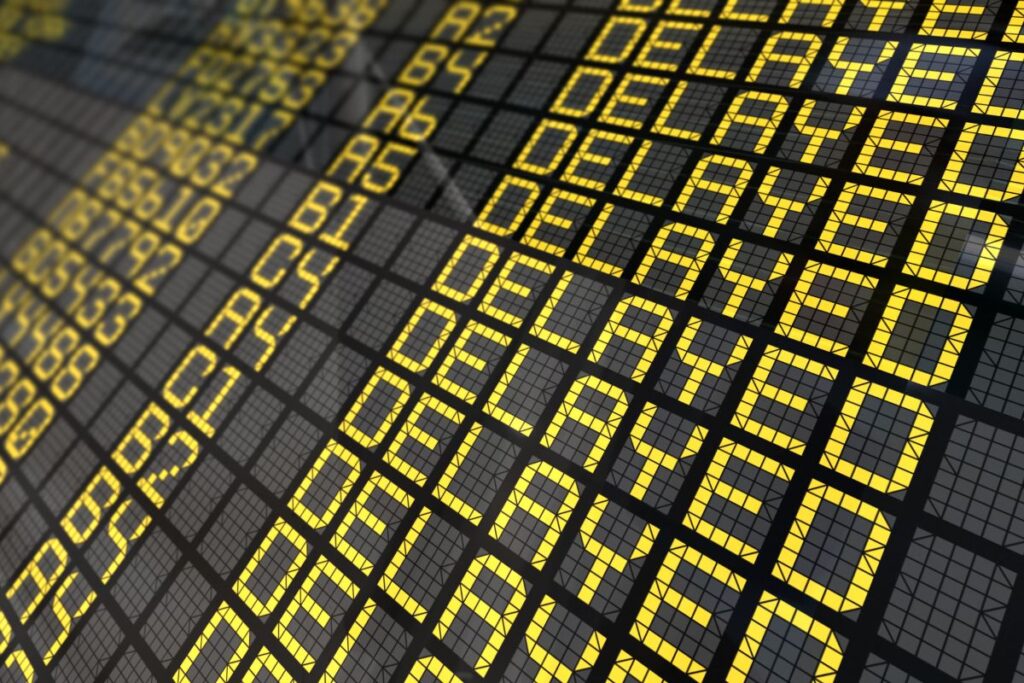
Save by making smart, strategic choices that need less resources.
Selecting the right destination for your event is extremely important. This is doubly true for sustainable events. Our first recommendation with new clients is that the best way to make an event sustainable is to build in that intention from the very beginning of the venue sourcing process.

The right event destination can either empower your program to meet your budget and sustainability goals or make the task a lot more difficult and costly than it needs to be. And one of the best ways to save time, money and the environment is to select a destination for your event that just requires less money and emissions to meet your needs.
While jetting off to a luxurious location far away is an amazing experience that we all enjoy, there are alternative meeting destinations event professionals should consider. Huge markets like North America often have highly developed and sophisticated options much closer to major business centres where your attendees are already located. Additionally, these secondary cities usually have more competitive price-points than international hubs, allowing your budget to buy you and your attendees more.
According to recent data from Knowland, meetings and events in secondary markets are on the rise, outpacing the more traditional top-tier markets in terms of year on year growth. For example, the top 5 fastest growing event markets in terms of event volume (that is, the number of events booked) across the US range from Nashville (16%) to Tampa (5.3%).
The fastest growing secondary markets, on the other hand, range from Lexington (76%) to Louisville (24%). While there are often good reasons for choosing those far-away destinations and major hubs, this data shows that more and more event professionals are taking advantage of event spaces, convention centers and other meeting space.
Cities like Syracuse, NY, Richmond-Petersburg, Va., Oklahoma City, and Louisville, Kentucky, are all experiencing significant upticks ranging from 24.1 to 34.6 percent because event organizers know that they present opportunities for memorable experiences closer and more affordably, for al types of events ranging from trade shows to team retreats. And they exist close to larger cities where businesses often have most of their staff.

But why is this trend accelerating all of a sudden? Well, it all boils down to costs. With expenses steadily climbing, planners are getting creative and looking for alternatives that won’t break the bank. And here’s where the magic happens – switching gears to nearby secondary cities that you can easily drive to instead of flying everyone to a major center.
Let’s talk about the benefits beyond just cost savings. By opting for nearby secondary cities, you’re not only reducing your carbon footprint but also easing the strain on the environment. Flying is one of the most carbon-costly activities associated with an event.
Even a relatively short flight can have a greater effect on the total carbon impact of your event program than a years worth of local events. Fewer flights mean less air pollution and greenhouse gas emissions, giving you back more of your carbon budget and your cash budget to play with.

In addition, you can save time and get more out of your event venue spending.Taking your attendees from Los Angeles to Palm Springs or San Francisco to Napa allows them to take a short bus or coach trip rather than entering the often complex and much delayed world of domestic air travel. Letting them arrive sooner, less fatigued, and more able to participate.
While these cities have traditionally been the focus of smaller meetings and events, the gap in size between them and the major markets is narrowing quickly as development continues apace. On average, meetings in the top 25 markets occupy around 3,426 square feet, while secondary markets come in slightly less at 3,000 square feet. Similarly, the average attendance in the top 25 markets hovers around 124 attendees, with secondary markets not far behind at 118 attendees. So the space you need may very well be available.
There are always going to be good reasons to hold marquee events in major global centers. The magical, ephemeral quality of people getting to see things they have only seen before in movies. Of giving attendees experiences they want to share on social media right away because they are just so exciting. But not every event fills that role, or needs to.

It seems likely that higher, even increasing costs are going to be with us for the foreseeable future. Pressure is going to continue to mount on all parts of organisations to control their expenditures, to prove that they are providing value, and to explore ways of finding efficiencies. As long as this is the case, more and more event organizers are going to look closer at secondary markets
So next time you are thinking of where to hold your next event, consider a smaller center that is near to your existing attendee footprint. Your bottom line and the planet will thank you! And if you need help with your event travel, we are experts at that and would love to help!
If you want to talk to a huddle destination sourcing expert about how they can help you meet the financial and sustainability goals for your program, book a free consultation today!